Why do cucumber leaves curl and what to do?
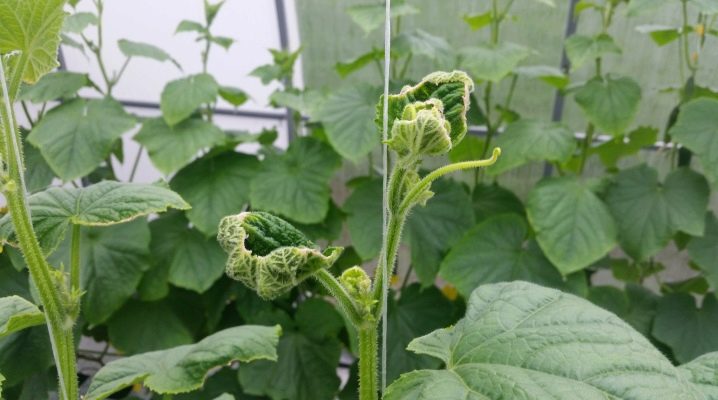
Most gardeners grow various varieties of cucumbers on their land plots. This culture needs special care. It is not uncommon to see their leaves begin to curl. Today we'll talk about why this happens and what to do about it.
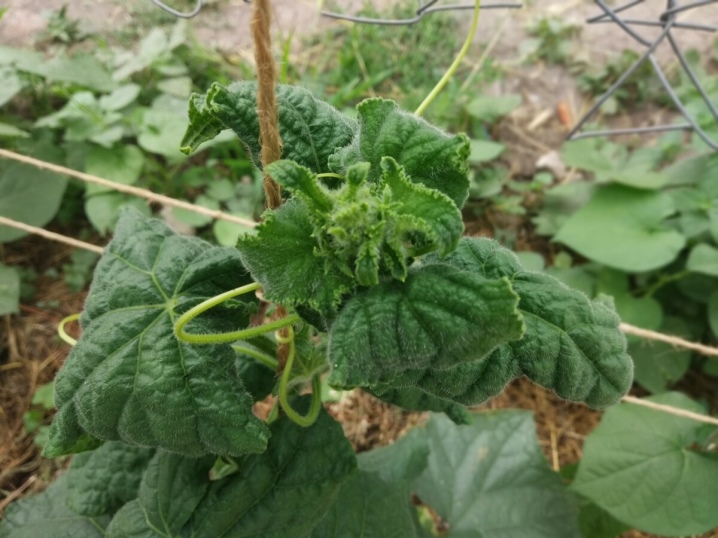
Bad conditions
Often, leaf plates on cucumbers begin to curl up. due to poor growing conditions. So, they can be damaged due to sudden temperature changes. The culture prefers a warm and humid environment, and such changes harm their growth and development.
Excessively cold weather encourages leaf rolling... Too much sunlight will cause the plates to wrinkle and lose their color. In this case, crops are protected from direct sunlight.
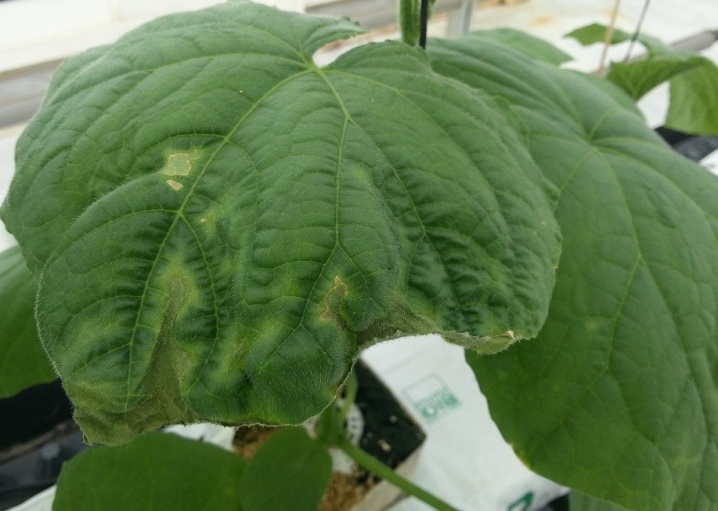
Be sure to control the temperature outside if the cucumbers are grown outdoors. When cold weather sets in, the beds are covered with a special protective film or a canopy. After the onset of warm weather, all this is immediately removed.
If you grow seedlings at home on a windowsill, then try to place them in such a way that the leaves do not come into contact with the glass. After all, glass surfaces are very cold at night and quickly heat up from sunlight during the day. Further, they may also turn yellow, begin to dry.
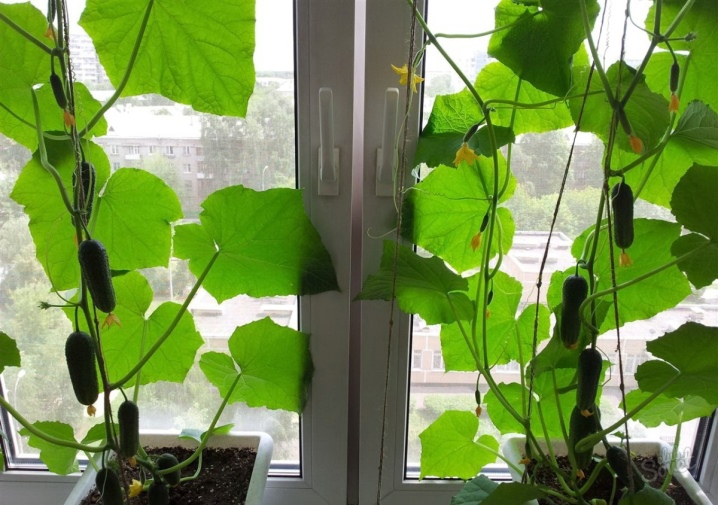
The landing pattern is important... If it is violated, the plant can also deform. Cucumbers should not be planted too tightly in open ground. There should be 4 bushes per 1 square meter. If planting is carried out in a greenhouse or in a greenhouse, then there are 3 bushes for the same area.
If the crop is planted too tightly, the roots will begin to overgrow, this will lead to a lack of nutrients necessary for normal growth and development. The thinning of the beds can help. Before landing, you need to choose the most suitable landing pattern in advance.
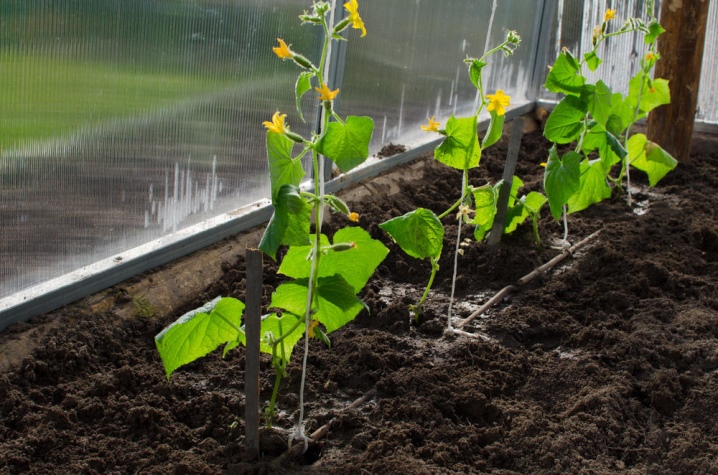
If you plan to plant in a greenhouse or greenhouse, then this should only be done in a well-heated ground. It must first be fertilized with nutrients. You can buy ready-made substances.
Improper care
Cucumber leaf plates can begin to curl even if not properly cared for. The cause of damage to the green parts is, among other things, insufficient watering. Cucumbers are moisture-loving plants. To ensure their full growth and development, it is recommended to water the culture once every four days. In this case, the liquid should be at room temperature. For 1 square meter of planting, there should be about 4-5 liters.
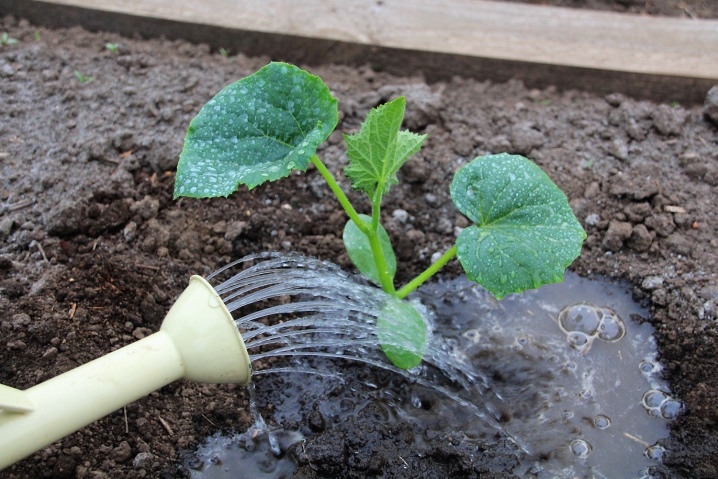
After the formation of ovaries, the number of waterings should be increased up to 3-4 times a week. Before the procedure, it is necessary to loosen the soil around the vegetation. If you grow cucumbers in a greenhouse, then spraying should be done. Moreover, the procedure is carried out both on the plants themselves and on the walls of the structure in order to increase the air humidity inside to the desired level.
Remember that excessive moisture in the soil can also greatly harm the crop and cause curling of the leaf blades. In addition, it will provoke the development of various fungal diseases. If the cotyledonous leaves of the culture begin to turn yellow and deform, curl, then this will also indicate excessive watering.

Mineral deficiencies can lead to leaf curling. In this case, the damaged part often turns pale due to a nitrogen deficiency. If there is not enough nitrogen, then the crown may also stop developing. In this case, urea or ammonium nitrate can help.
With a potassium deficiency, the foliage will begin to curl upward. In this case, potassium salt can come up (there are 3 tablespoons of this substance for 10 liters of water). In a greenhouse, foliage curls inward with a lack of magnesium and sulfur.
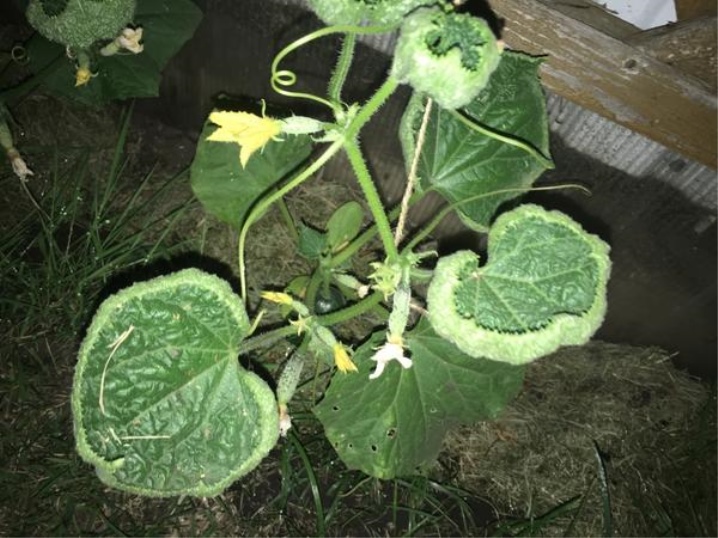
You should be as careful as possible when introducing ammonia substances. If used improperly, an ammonia burn is possible, in which yellow spots will first appear on the vegetation, and then the edges of the plates will gradually begin to curl inward.
Similar damage may appear with an incorrect pick. This procedure involves transplanting young plants into a large container. During its implementation, you can greatly harm the root system, this subsequently leads to folding.
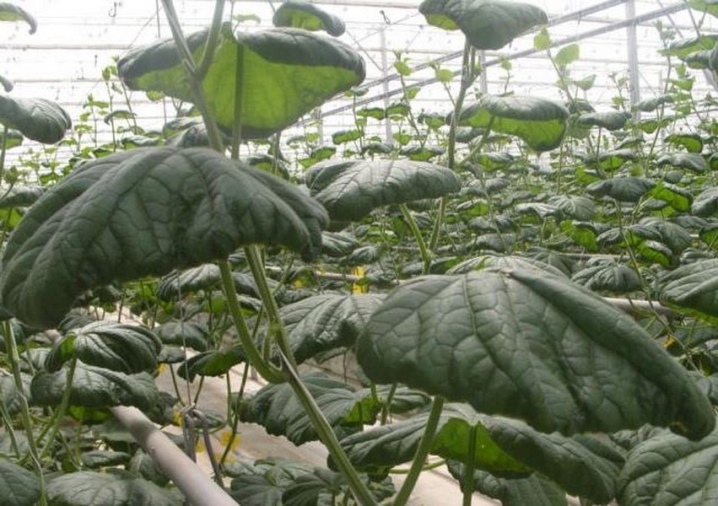
Pest control
The culture is often damaged by various harmful insects, such as:
- aphid;
- spider mite;
- bear;
- whitefly;
- thrips;
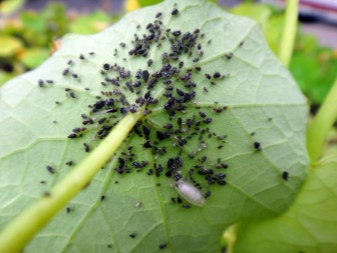
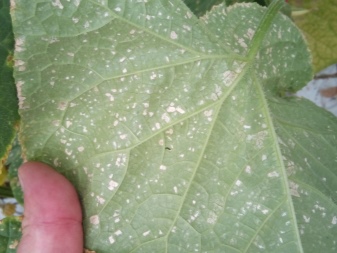
Most often, these pests appear due to insufficient lighting, a sharp change in temperature, excessive humidity, a lack of useful macronutrients and microelements.
Insects will gradually begin to suck out all the juices from the vegetation, their development and growth will slow down significantly. In any case, you will first need to collect all insects from the cucumbers, this is done, as a rule, by hand.
In order to get rid of such parasites, it is better to immediately use ready-made preparations. Among them:
- Aktara;
- Fitoverm;
- "Anti-tick";
- "Fufanon";
- "Confidor".
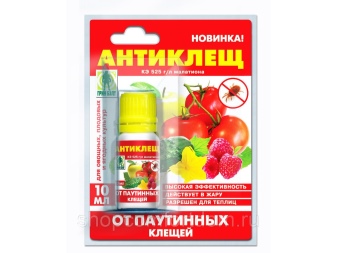
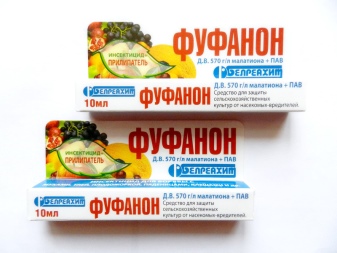
Remember that many chemicals can be hazardous to humans and should be used with extreme caution. All treatments should be carried out before the formation of ovaries.
Often, for the destruction of harmful insects, and various homemade infusions... So, the most effective folk remedy is considered composition of 500 grams of chopped garlic and 3 liters of water. In this form, the solution is infused for five days.
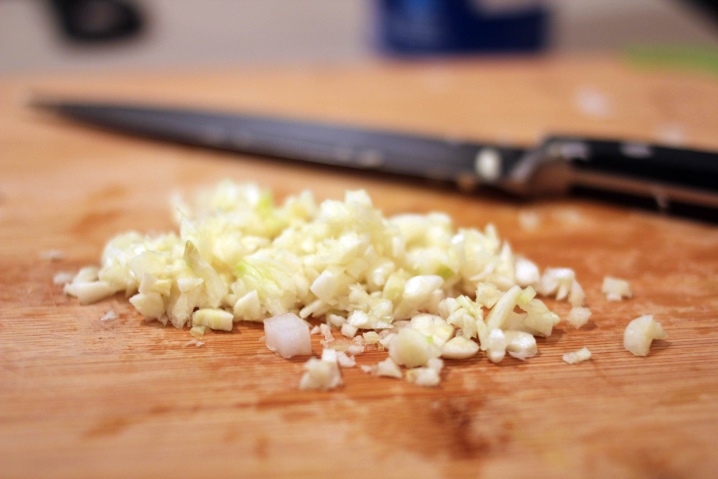
Treatment of diseases
In cucumbers, leaves can curl even when affected by various diseases.
Powdery mildew
In this case, the leaves will first begin to turn yellow and then curl. Sometimes this disease appears due to excessive thickening of the plantings. Powdery mildew usually occurs during cool and rainy summers. Over time, parts of the plants will begin to turn white. Treatment should be started immediately after damage is found.
First, diseased plants should be sprayed with a baking soda solution (2 tablespoons of baking soda per 10 liters of water). It is also recommended to add a little laundry soap there, which is pre-crushed. After that, you can start processing with ready-made preparations ("Alirin", "Fitosporin").
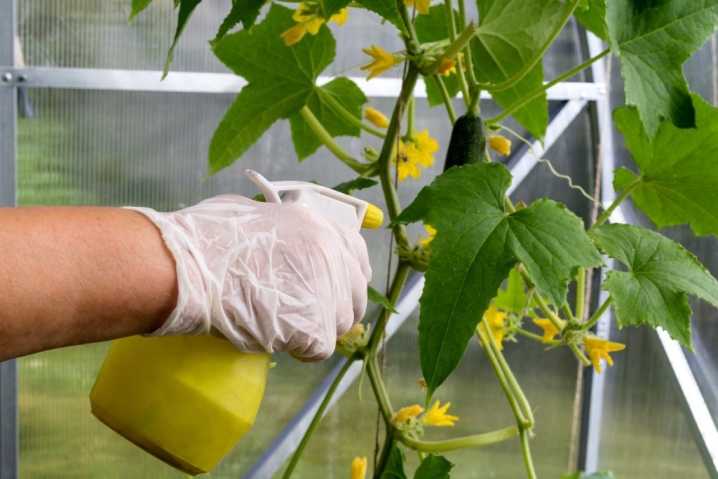
Sometimes mullein infusion is used to combat powdery mildew. To do this, mix mullein and water in a ratio of 1 to 3. In this form, everyone insists for three days. Then the resulting composition is diluted with clean water and sprayed.
You can apply and composition with sour milk... To do this, it is diluted in a liter of clean water. All this is thoroughly filtered, then spraying is carried out. The procedure is recommended to be performed with a spray bottle.
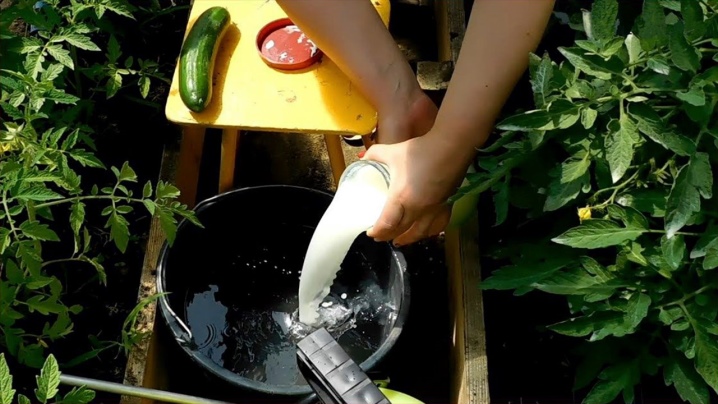
Root rot
When infected with root rot, the foliage will begin to curl around the edges, remaining green, then it will turn very pale. At later stages, the culture begins to gradually fade, turn yellow, starting from the lower leaves. Only then does the disease move to the upper parts. The stem may turn brown.
Most often, root rot affects those cucumbers that are grown in greenhouse structures. To avoid its appearance, before planting, the soil should be treated with a solution of potassium permanganate.
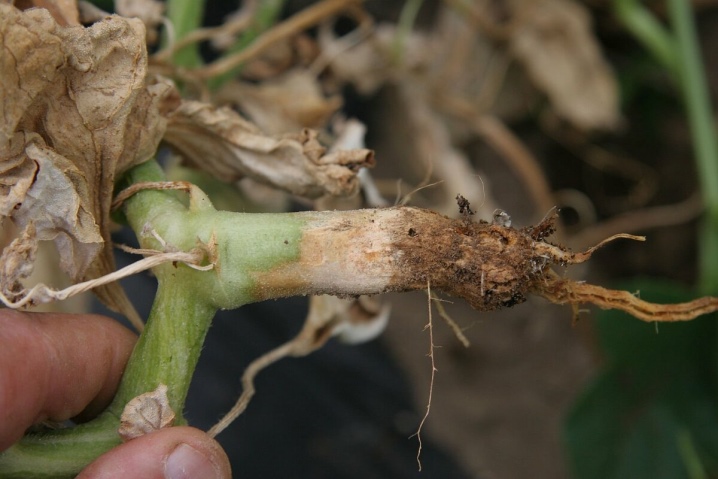
The disease can occur due to excessive soil moisture or due to watering with cold water. To cure the vegetation, its lower part is pollinated with ash or chalk, and sometimes coal is also used. You can also apply the remedy "Fitosporin-M"... Sometimes the drug is also used "Fitolavin", in this case, prepare a solution according to the instructions and water the infected cucumbers at the root.
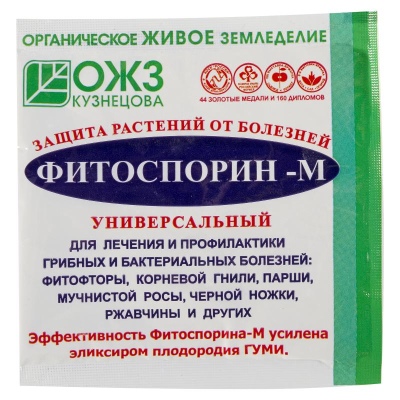
Ordinary mosaic
This disease is viral. First, spots will appear on the culture, later it will greatly slow down in development, the foliage will decrease in size, curl and fall off. In order to prevent the appearance of a mosaic, it is necessary to disinfect the seed material before planting; for this, a solution of potassium permanganate is used. If the plant does get sick, then it will have to be completely dug up and burned so that it does not infect other crops.

Peronosporosis
This condition is often referred to as downy mildew.... Peronosporosis can spread very quickly throughout the entire area. The foliage will begin to deform over time, spots of purple, gray, whitish bloom will appear on its surface.
The disease appears, as a rule, when the weather is too hot and humid. It also occurs due to poor ventilation in greenhouses, abundant condensation on their walls, frequent fogs. To cure cucumbers, you can use a solution of baking soda, liquid soap, and hot, clean water.
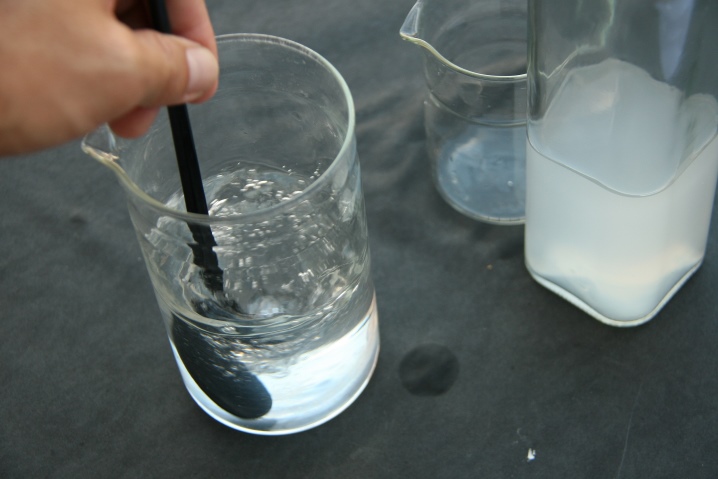
You need to wait for the composition to cool down. Spraying is carried out with its help. But such a single treatment will not be enough, you need to perform several procedures with an interval of one week. Sometimes an infusion with onion peel is also used.
Fungicides ("Kurzat", "Ridomil") are also suitable for combating the disease. They are used in strict accordance with the instructions. As a rule, for effective treatment it will be necessary to carry out several treatments at short intervals.
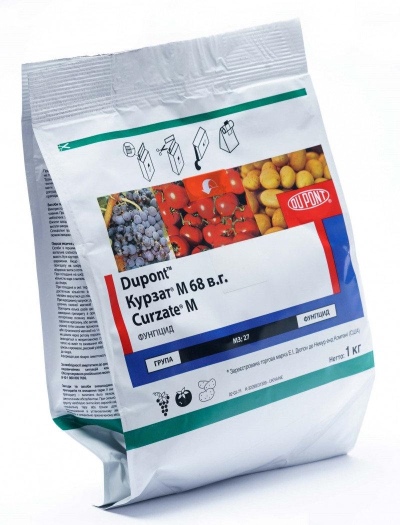
Cladosporium
The disease is often referred to as olive spot. It infects all aerial parts of cucumbers and causes foliage to curl. Further, spots of gray-olive color appear on the plants, a velvety bloom appears. To cure the culture, it is worth using fungicides ("Kurzat", "Ordan"). If you grow cucumber bushes in a greenhouse, then it is better to disinfect it.
In any case, it is important to immediately establish in which direction the foliage is twisted (up or down), the leaves dry up or wrinkle. So, downward deformation can mean, among other things, a lack of potassium, calcium and zinc. Deformation upward can indicate the emergence and development of various diseases.

Prevention measures
To avoid deformation of the leaf plates in cucumbers, there are some important preventive measures to keep in mind. Among them:
- maintaining an optimal climate in greenhouses and greenhouses;
- compliance with all the rules of crop rotation (in the same place on the site you cannot plant one crop for too long a period);
- periodic treatments with disinfectants;
- disinfection of the soil before planting;
- regular loosening of the earth;
- complete removal of the remnants of previous crops before planting;
- periodic inspection of vegetation for damage and harmful insects.
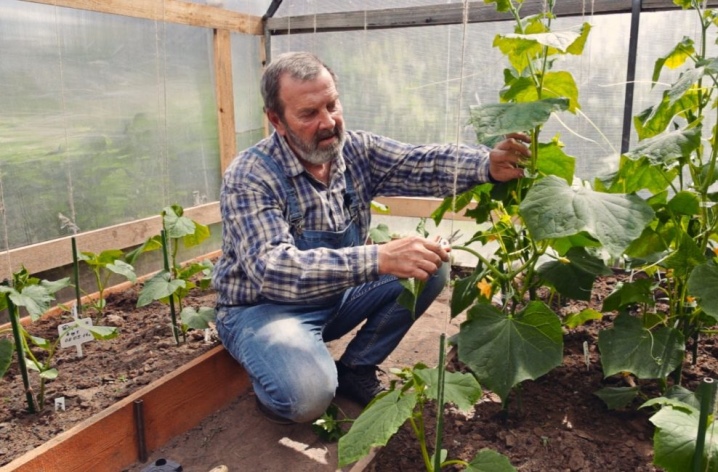
Don't forget that cucumbers need fertilization. They make it possible to compensate for the deficiency of microelements and macronutrients, increase the immunity of the culture, and prevent foliage deformation.
The first top dressing is applied after planting, then fertilizers need to be applied only as needed. Overuse of organic fertilizers can backfire and lead to disease.
Be sure to monitor the humidity and temperature levels. If you grow cucumbers at home on a windowsill or in a greenhouse, then you can purchase special devices to measure these indicators.
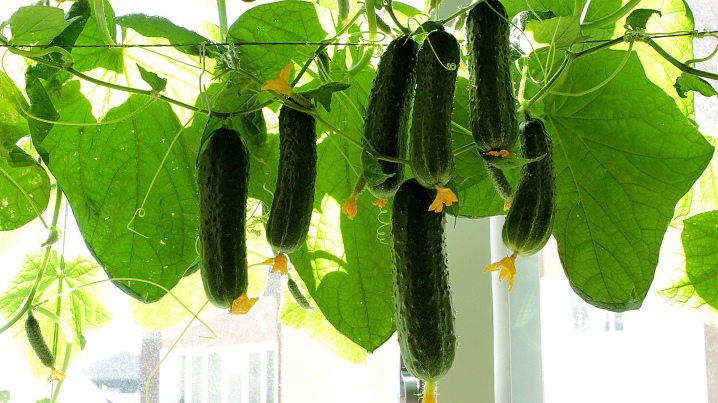
When watering, you can use water at room temperature or a little warm liquid. Periodically, it is permissible to carry out preventive treatments with folk remedies with laundry soap or finished preparations.
If the vegetation is too severely affected, then it is better to immediately dig it out of the ground and completely burn it. Otherwise, the affected parts can spread various diseases to other plantings. For fast-growing bushes, pinching is imperative. To do this, first remove the top.
Remember that it is necessary to start treating the culture and to eliminate the cause of foliage deformation only after the exact cause has been identified.... Otherwise, you can lose almost the entire crop.
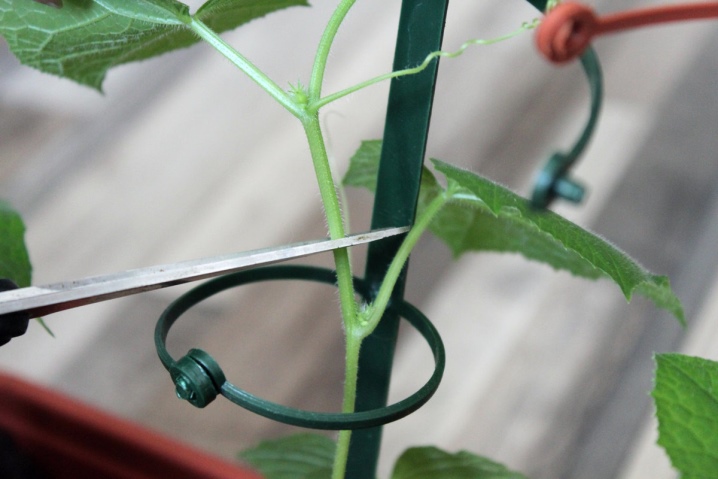












The comment was sent successfully.